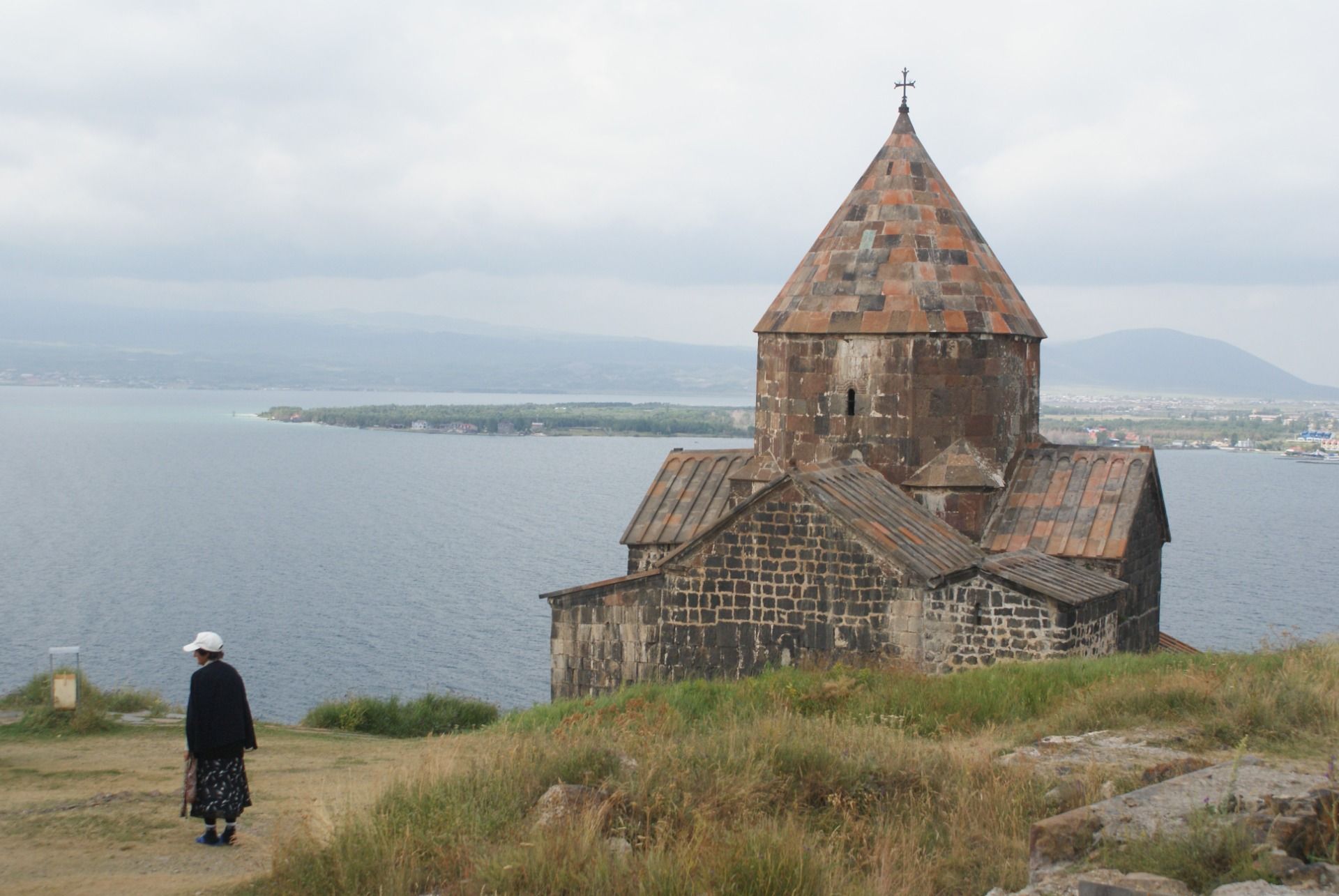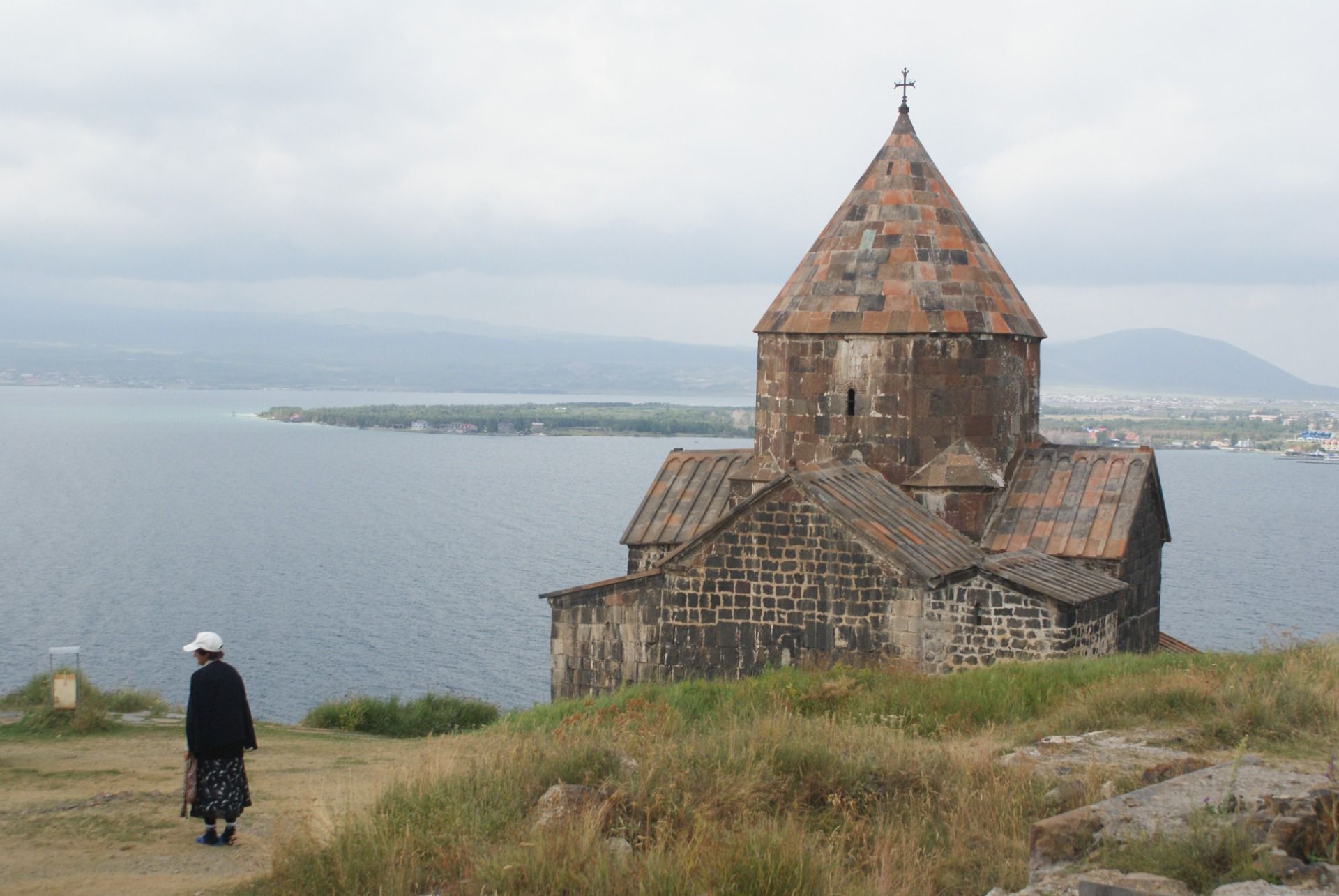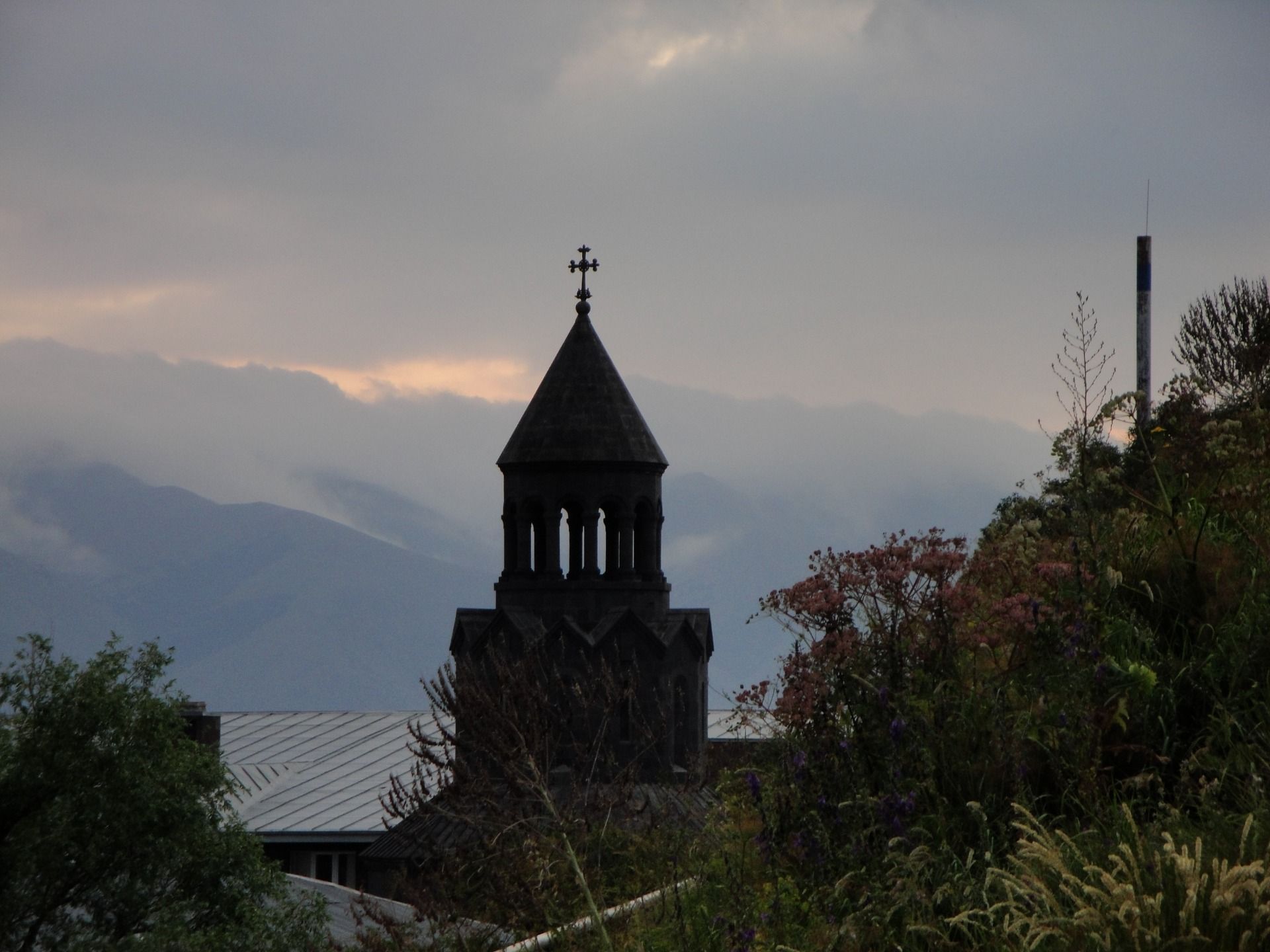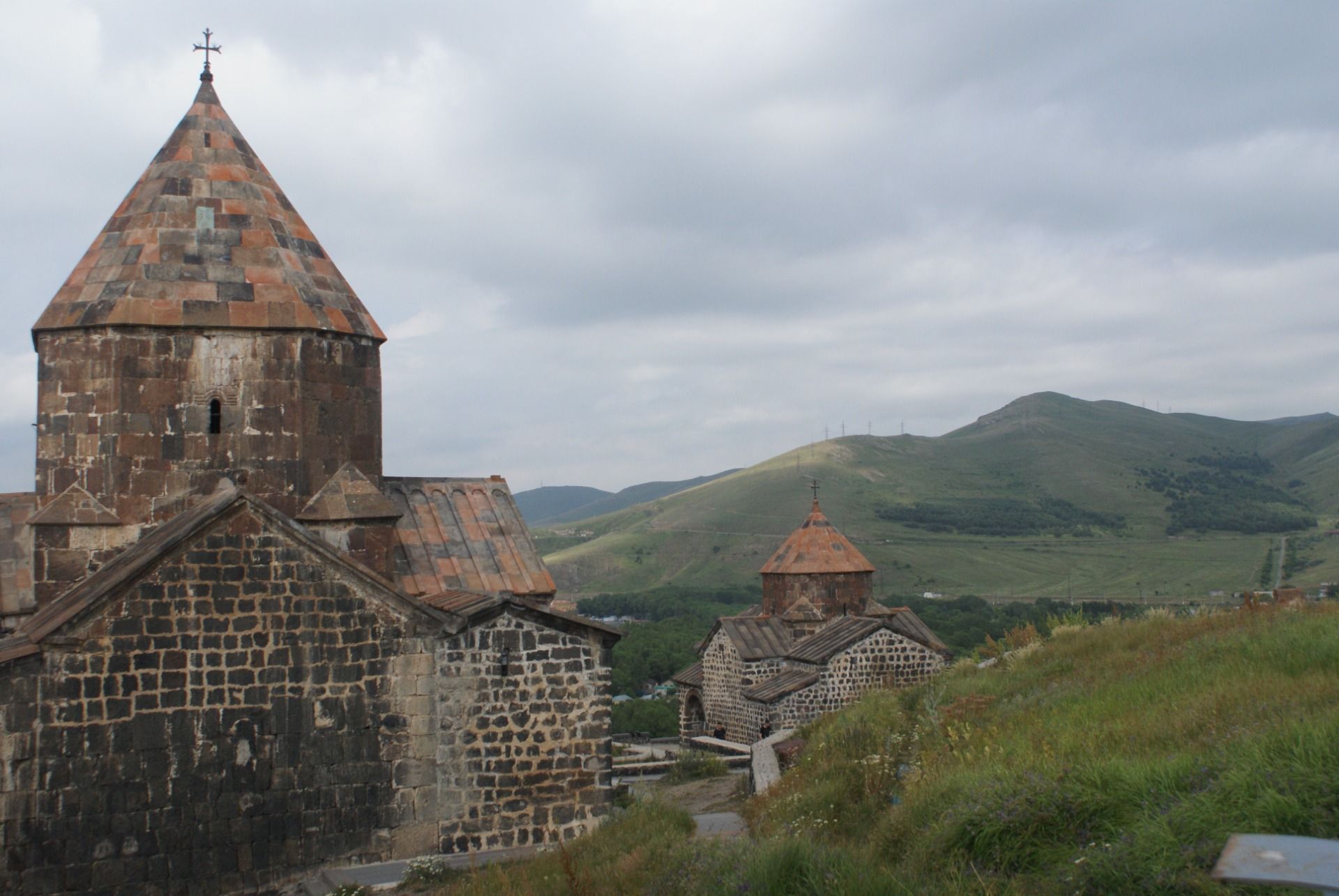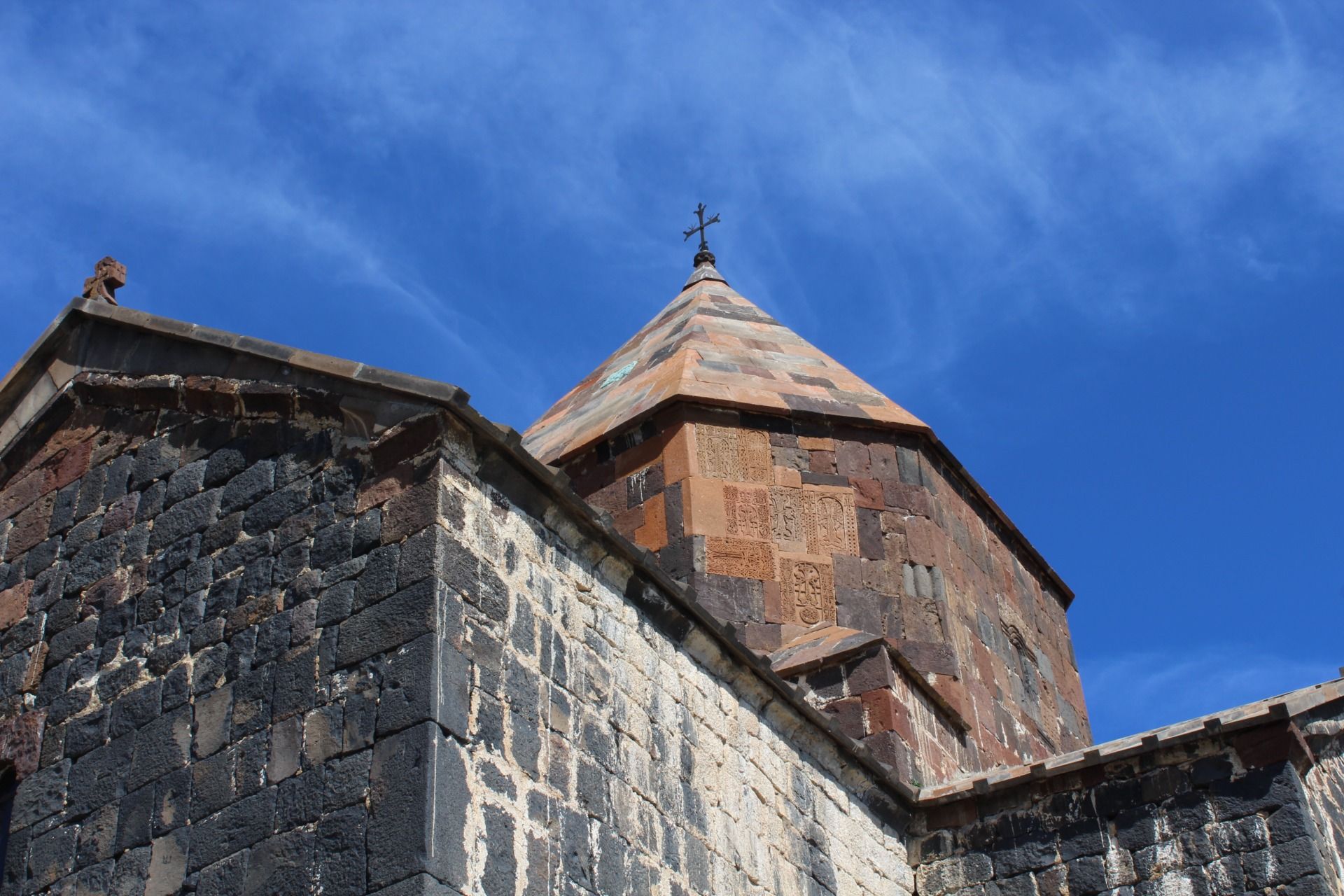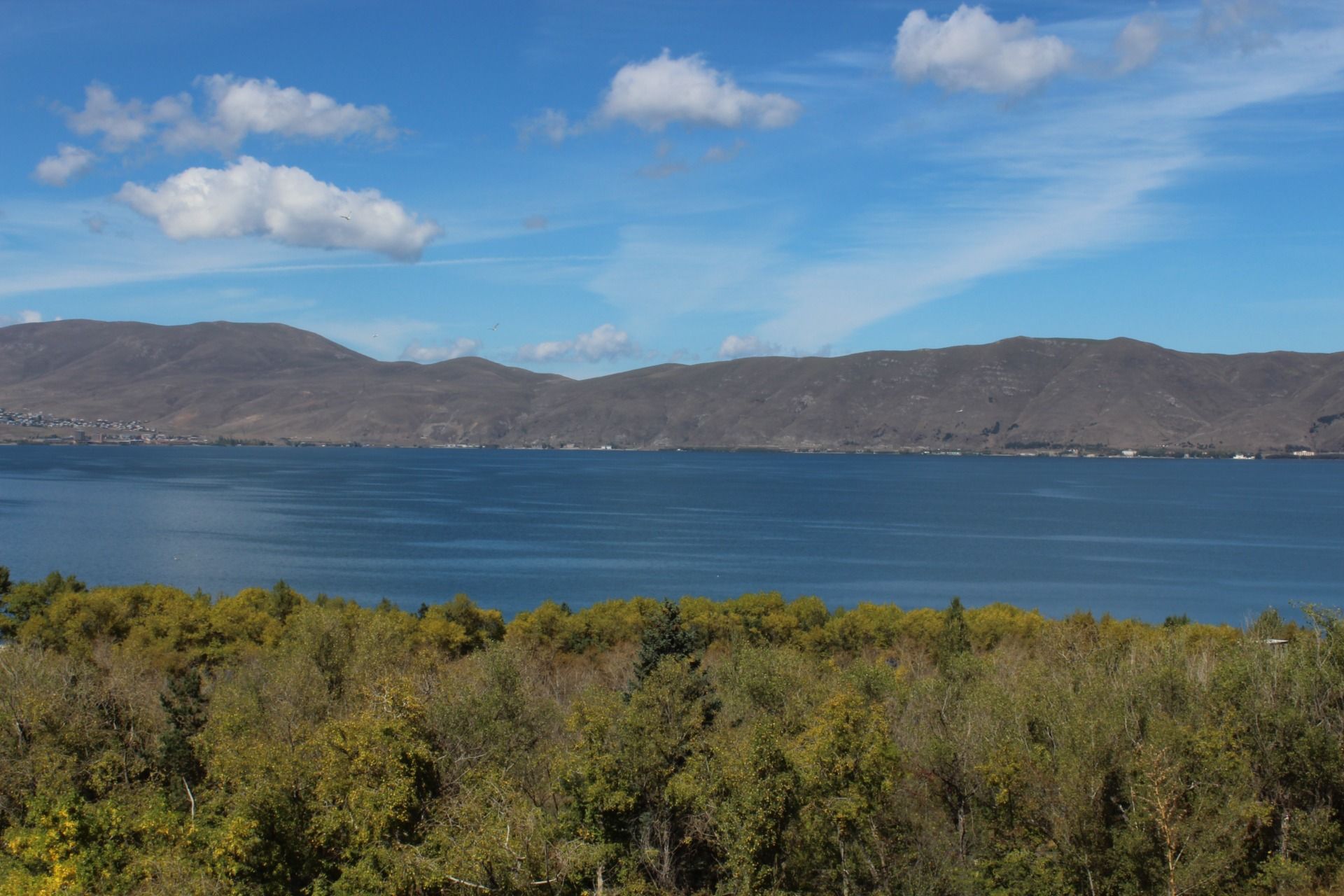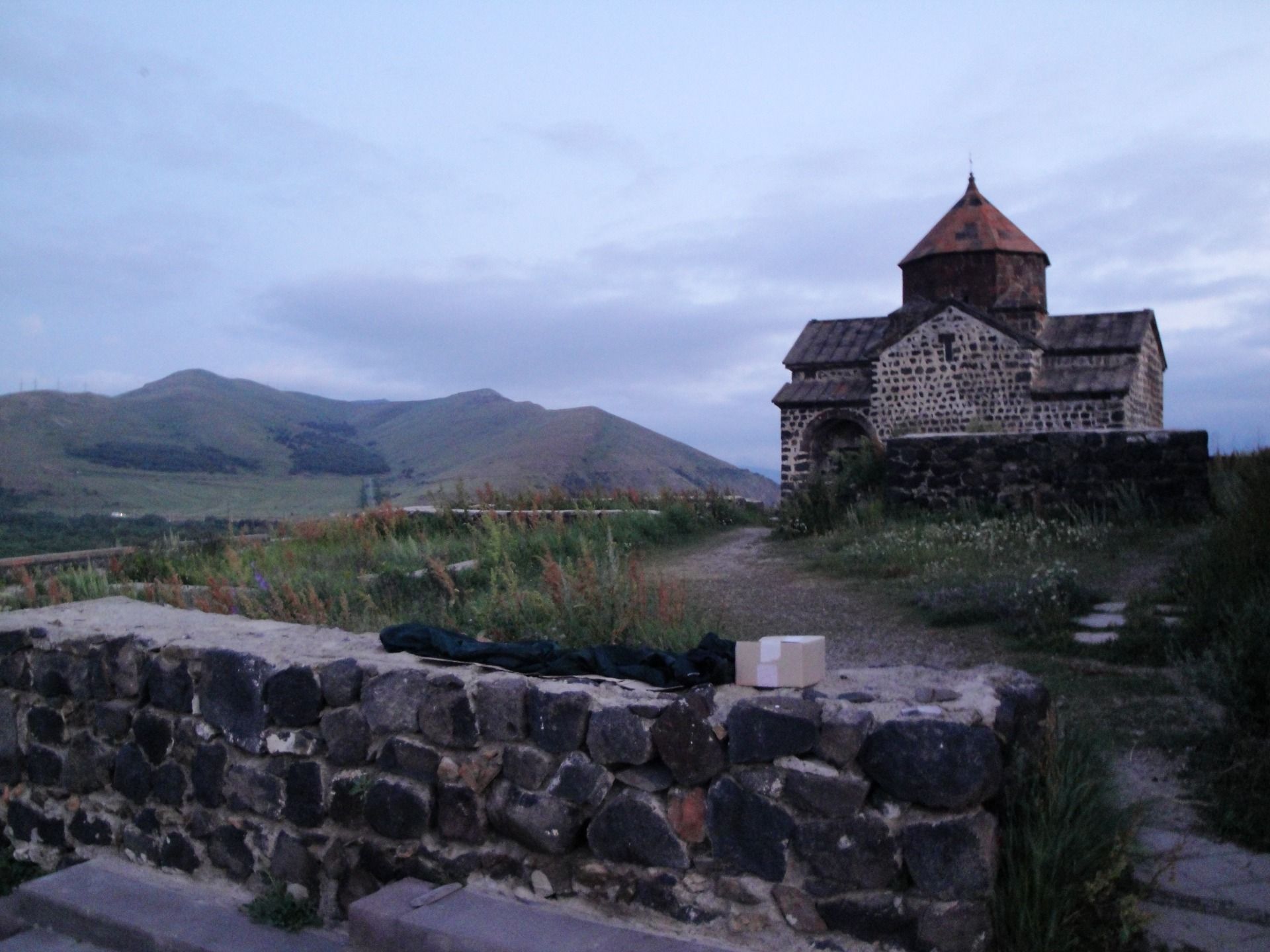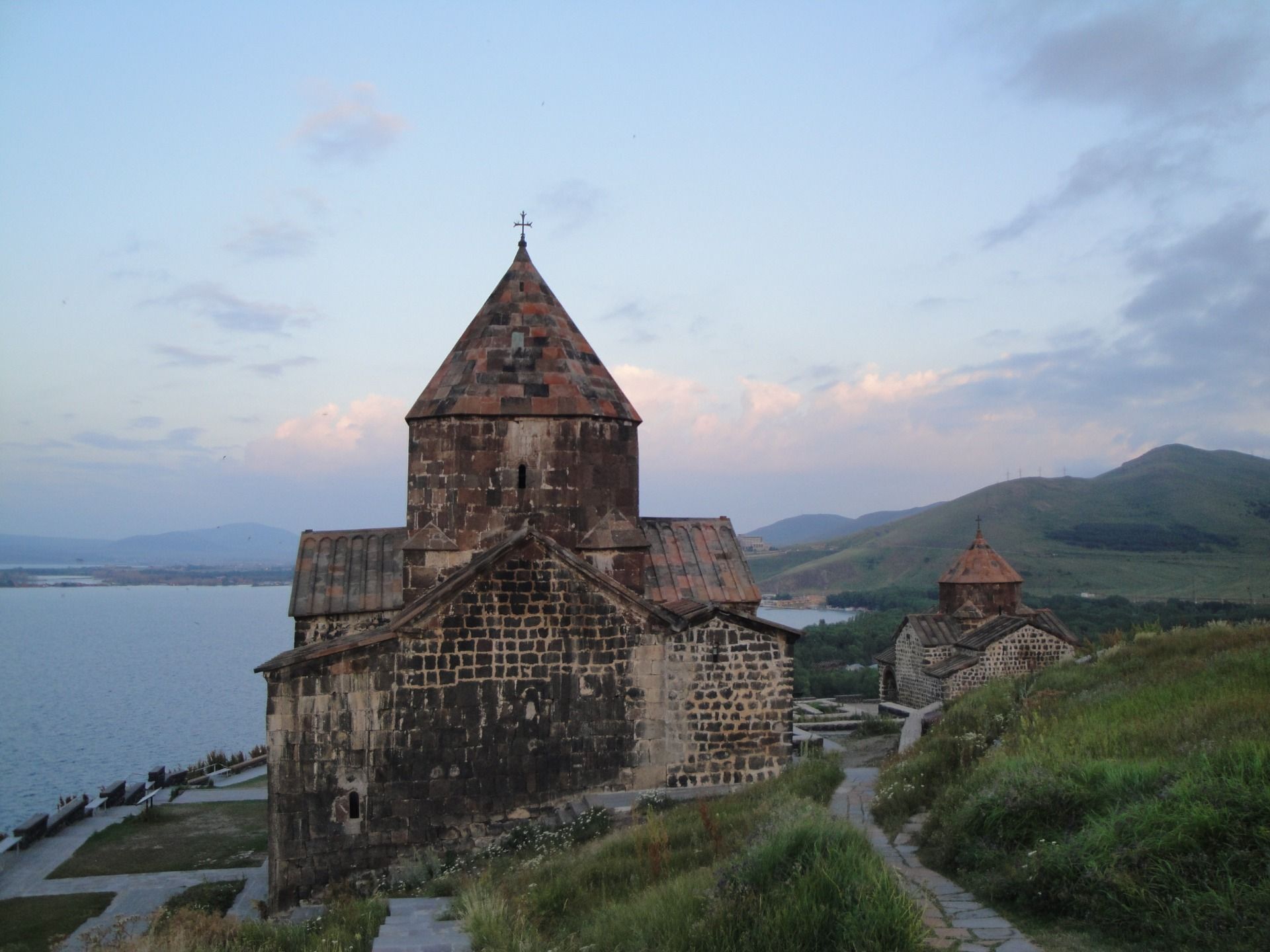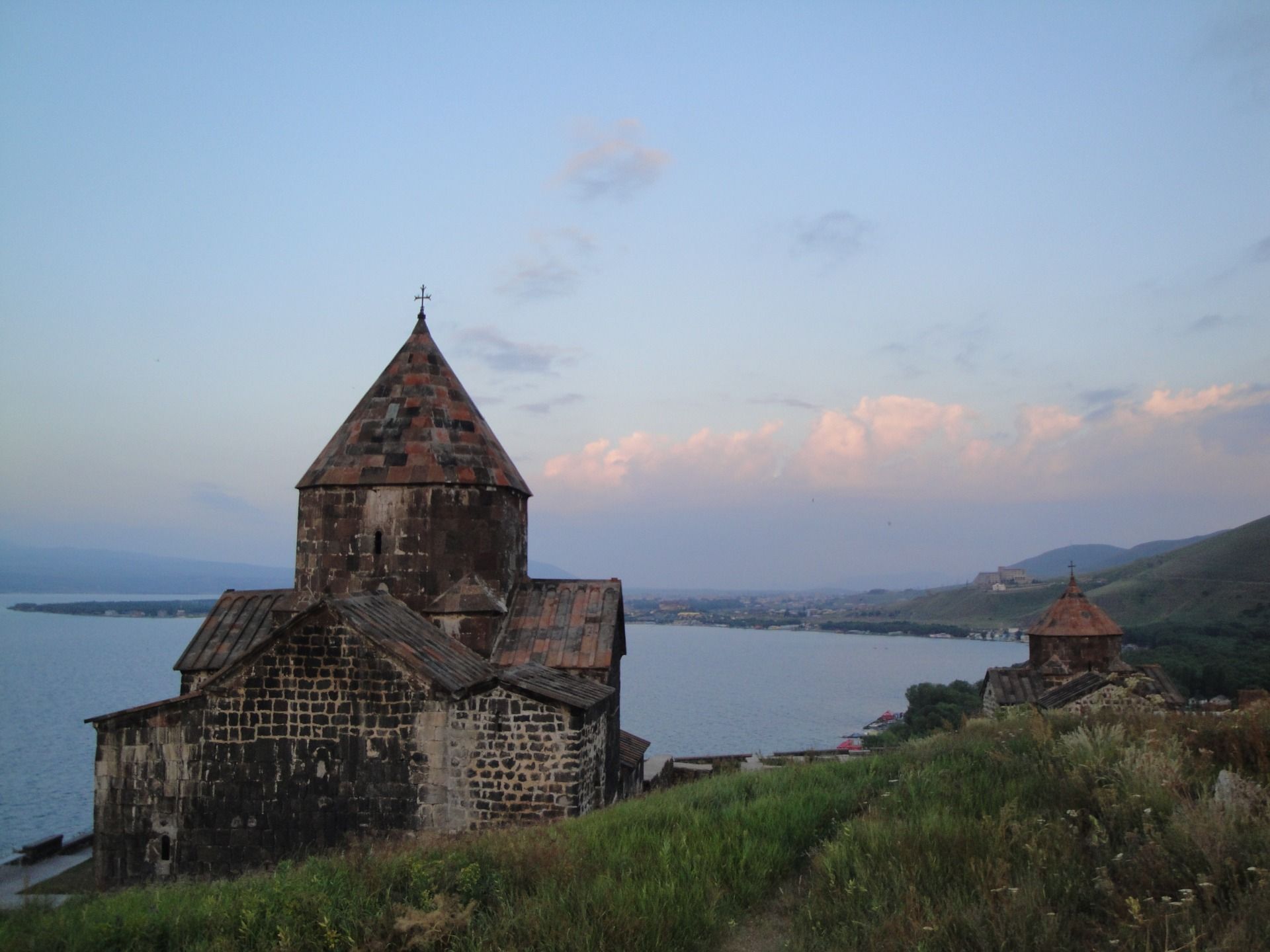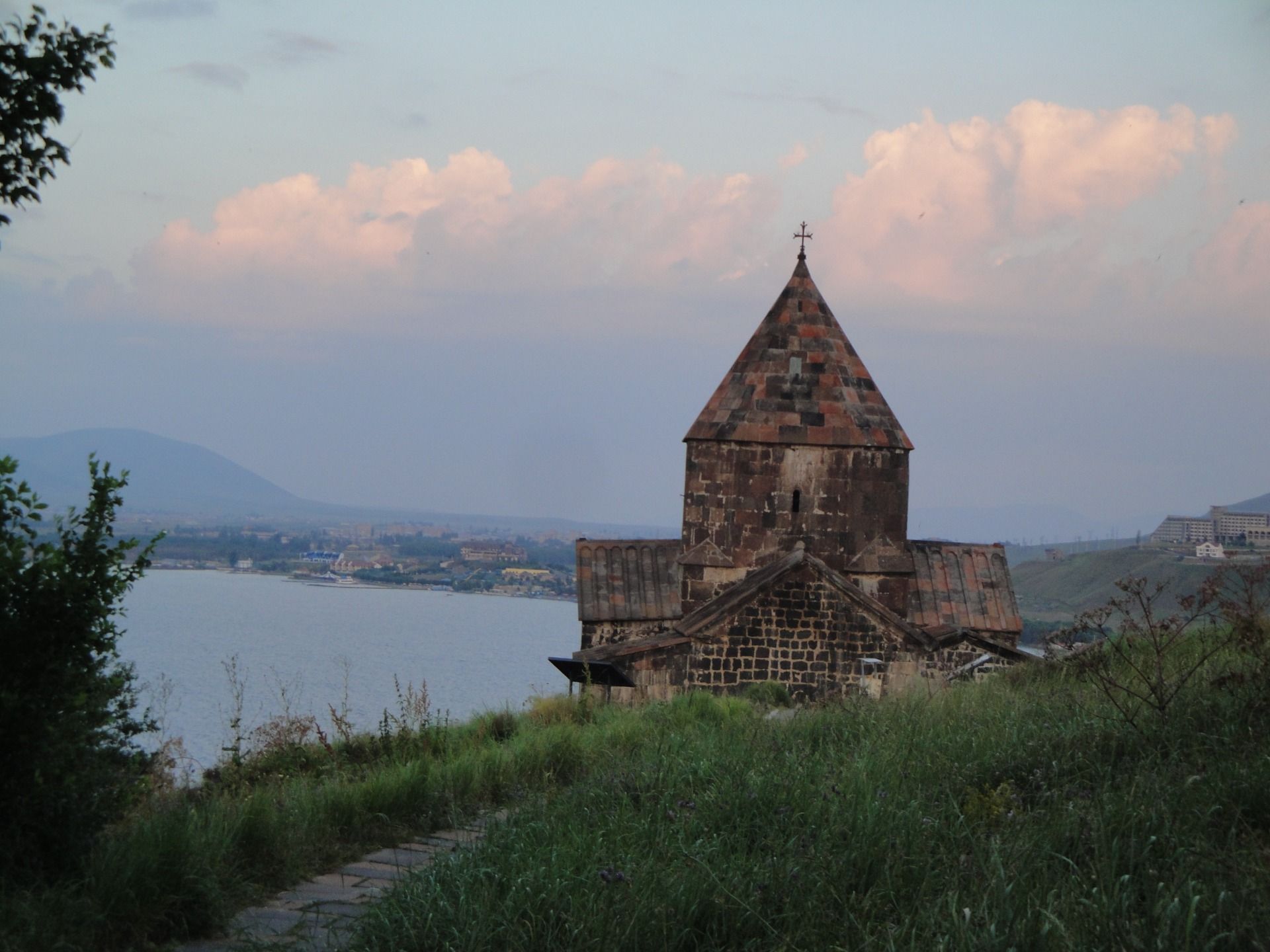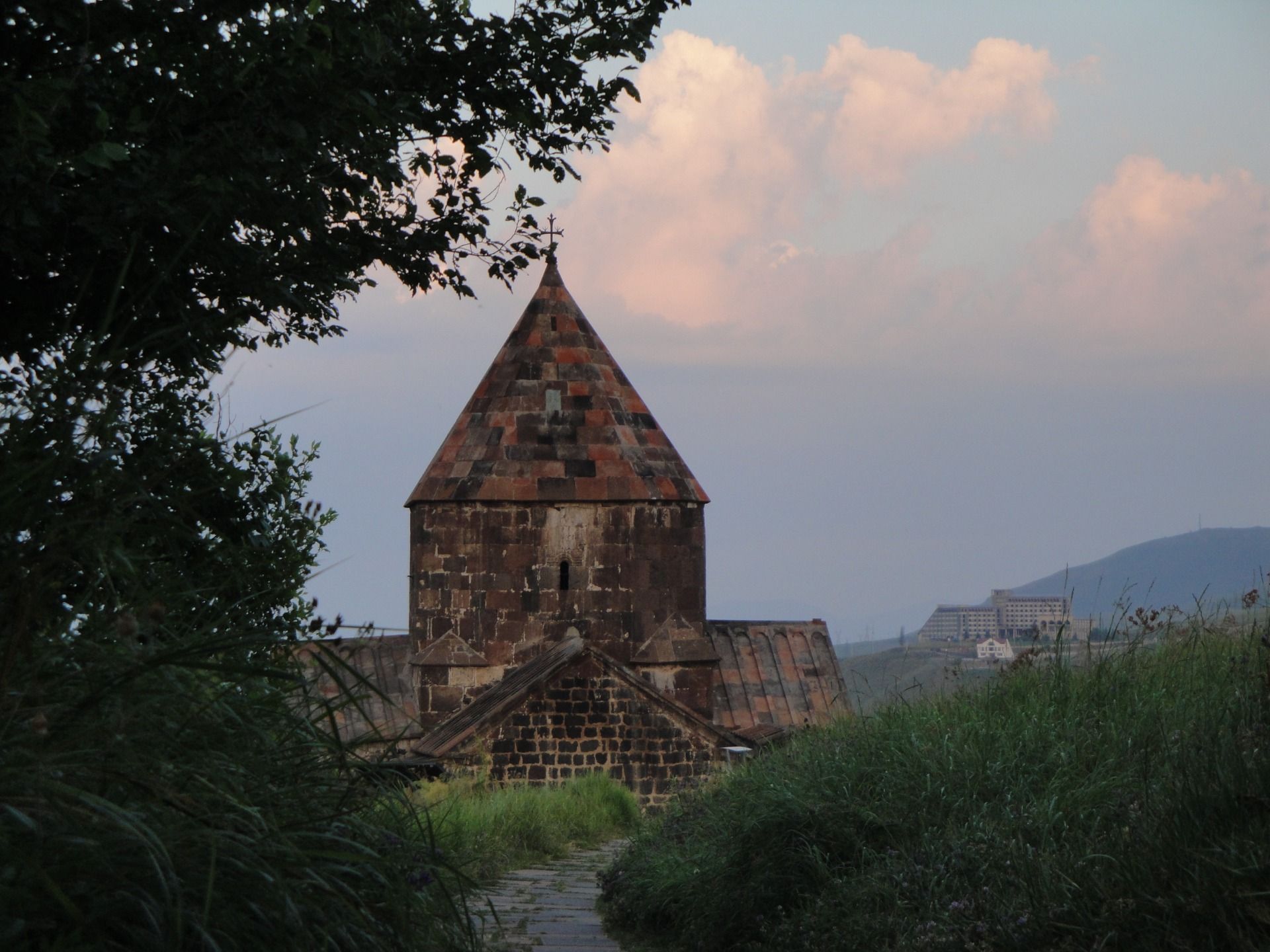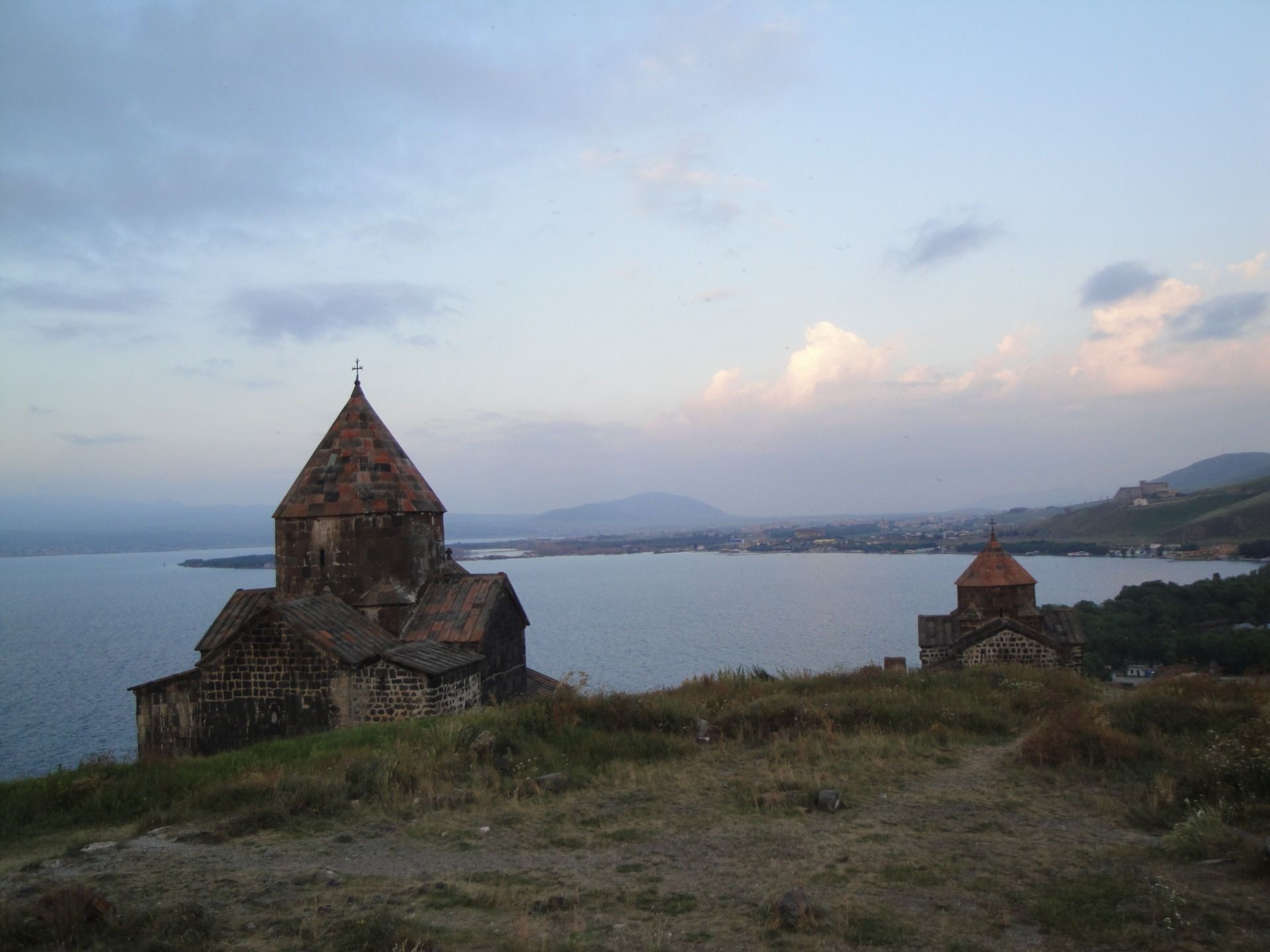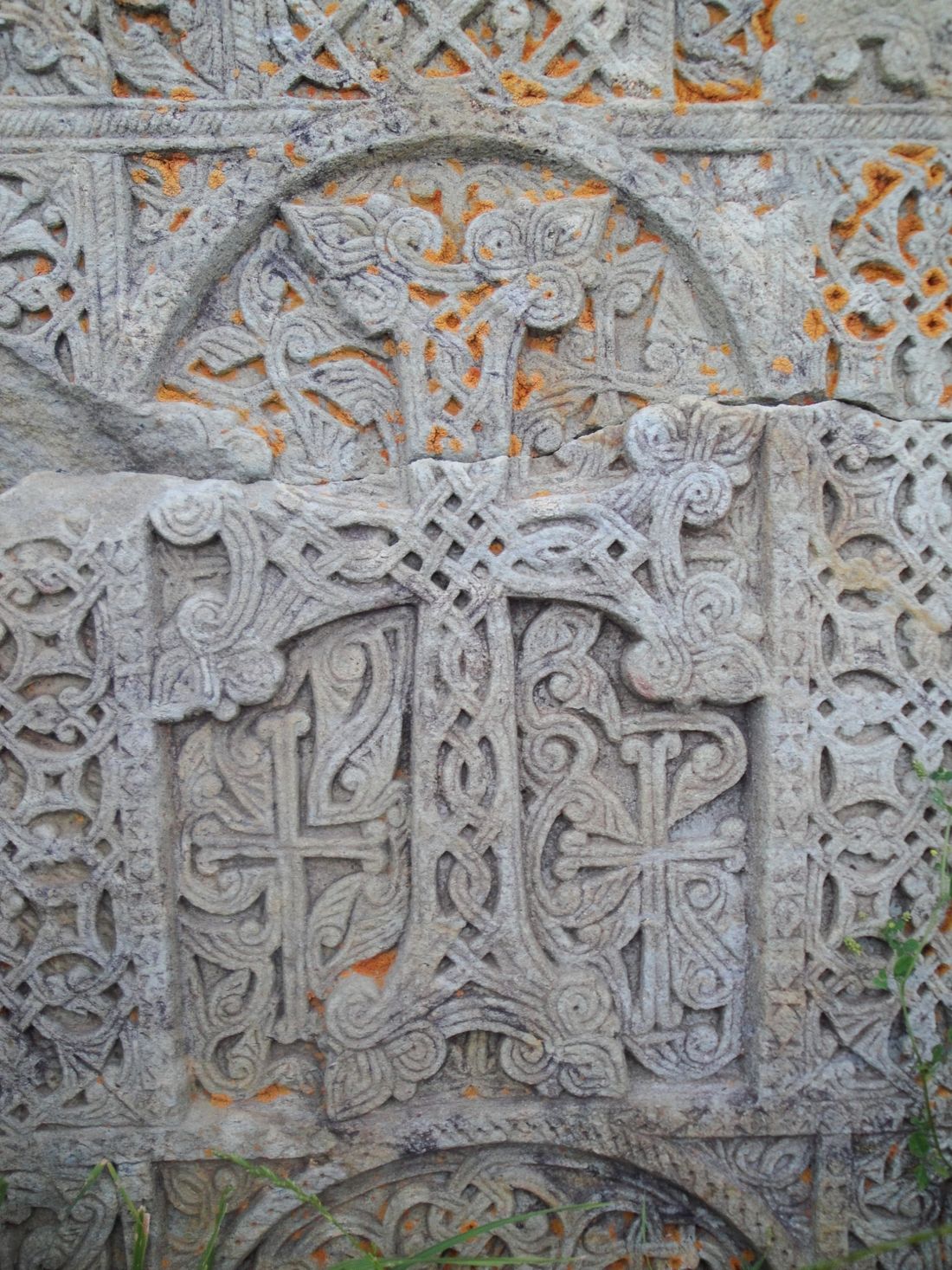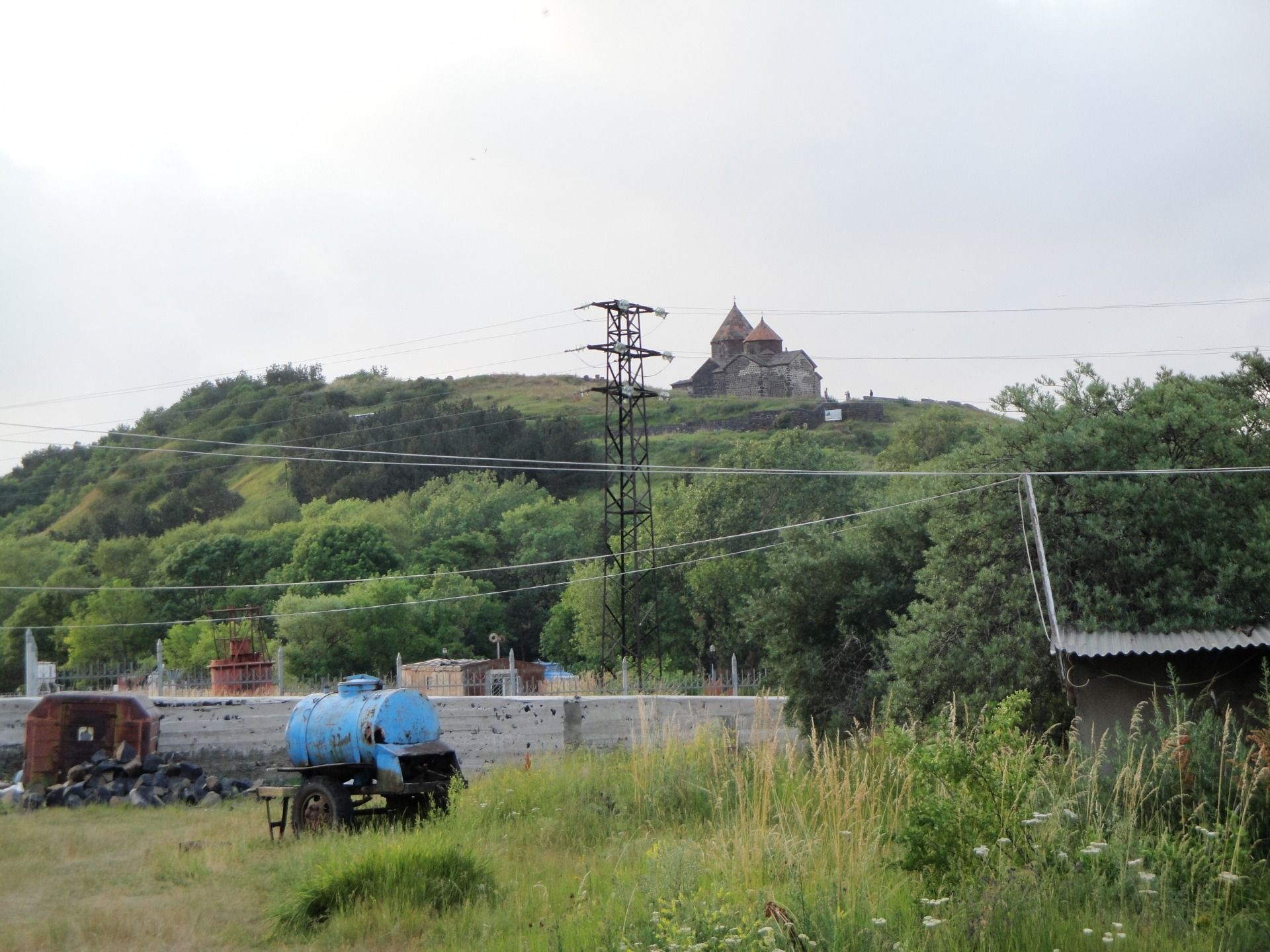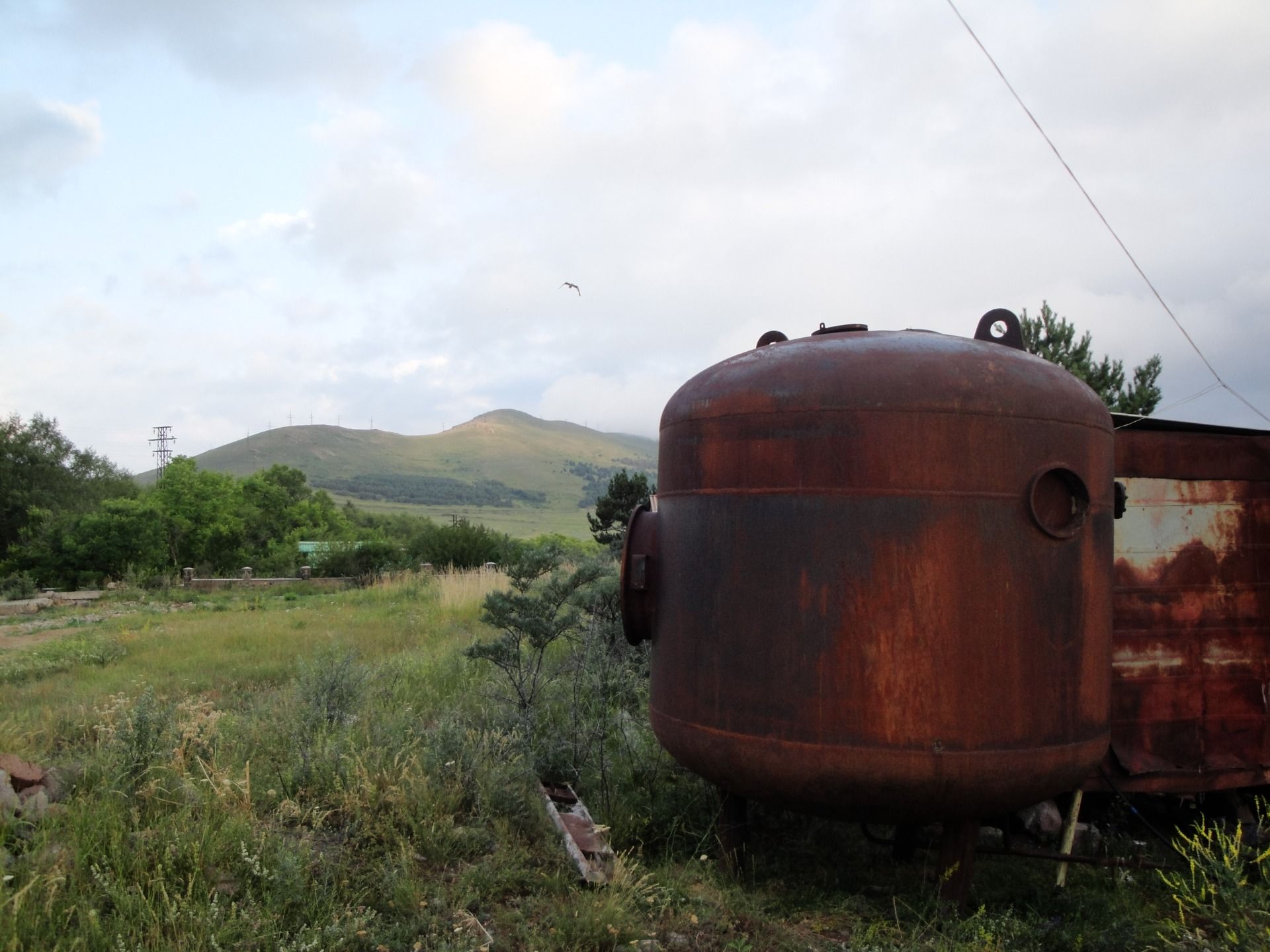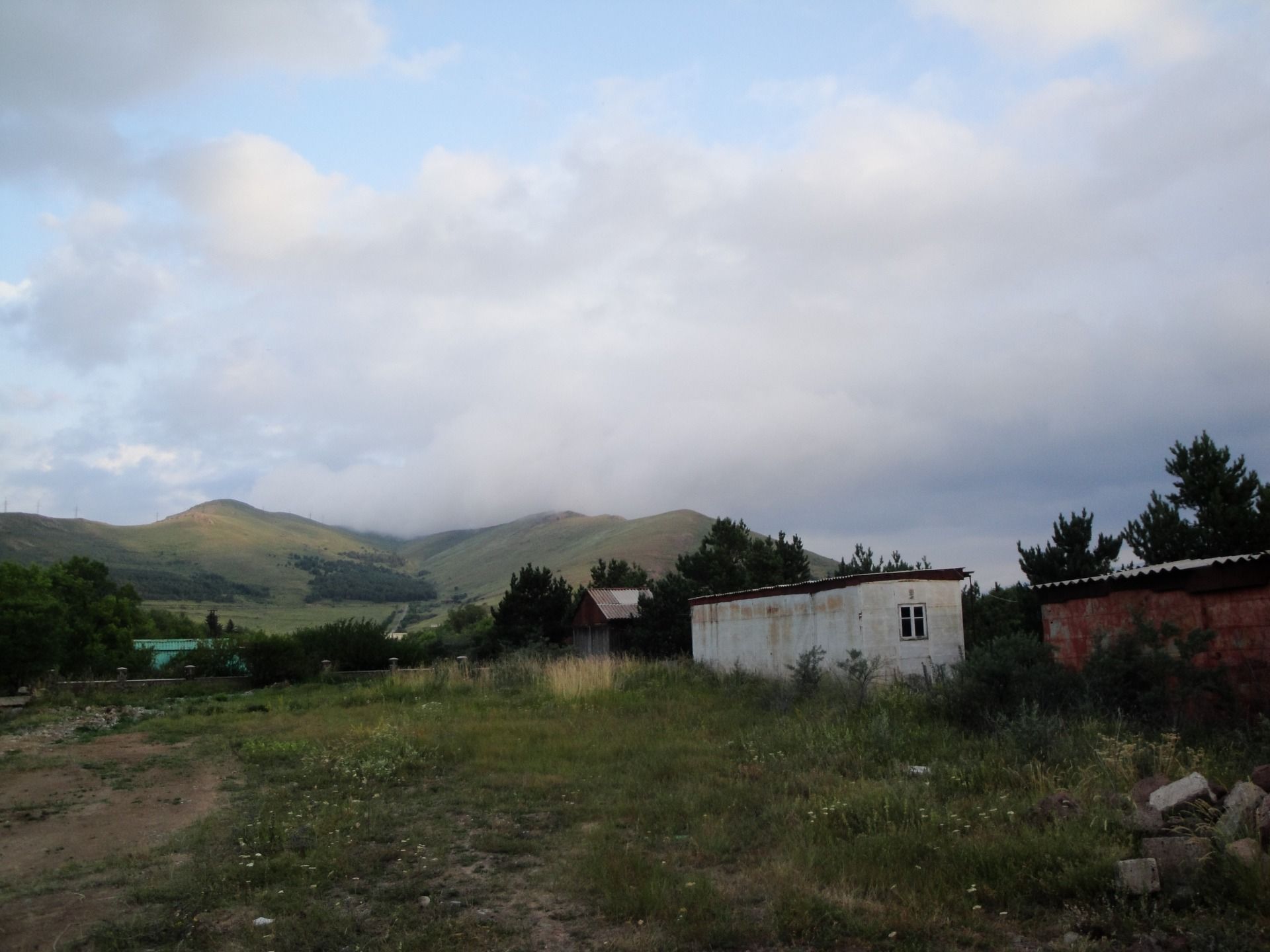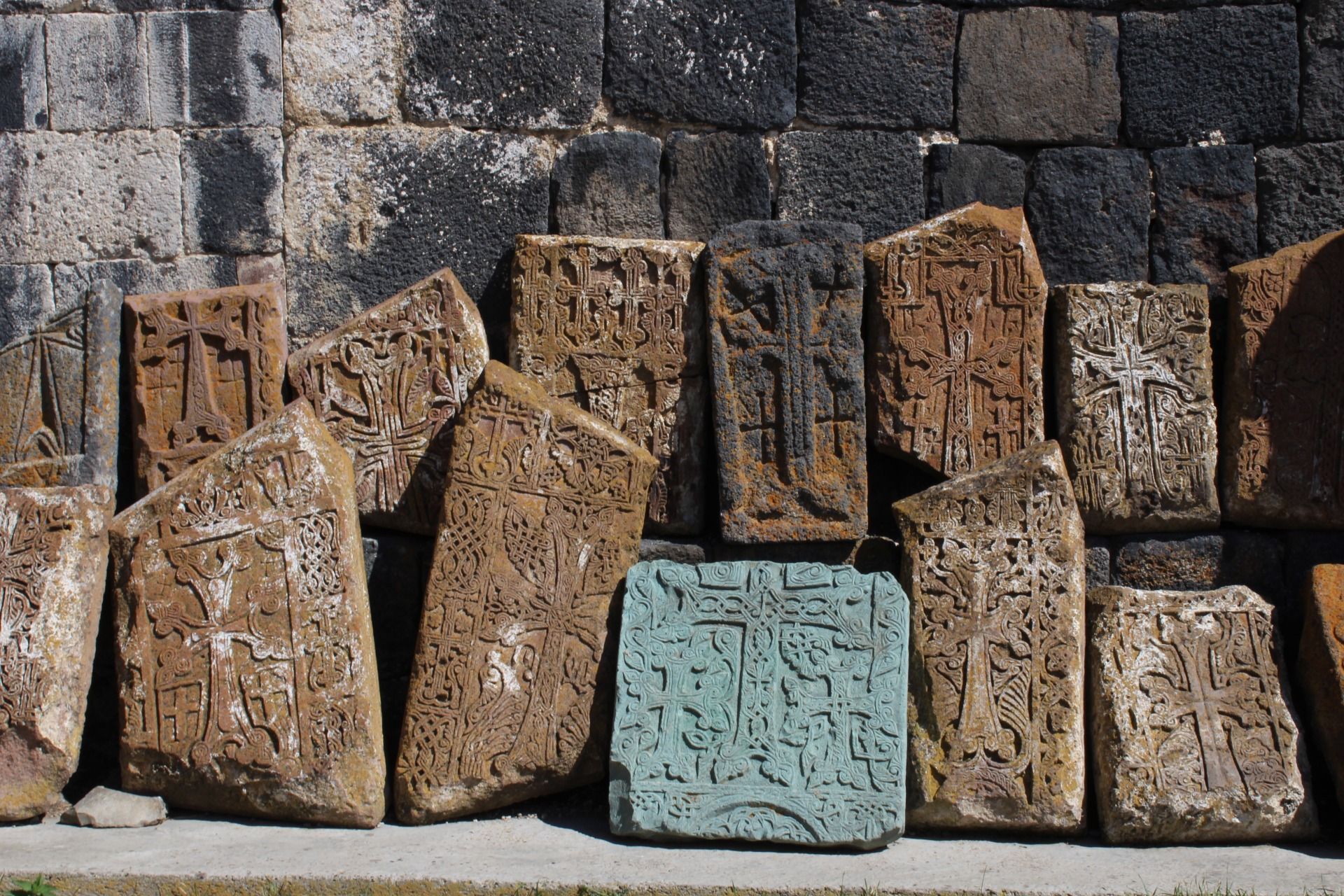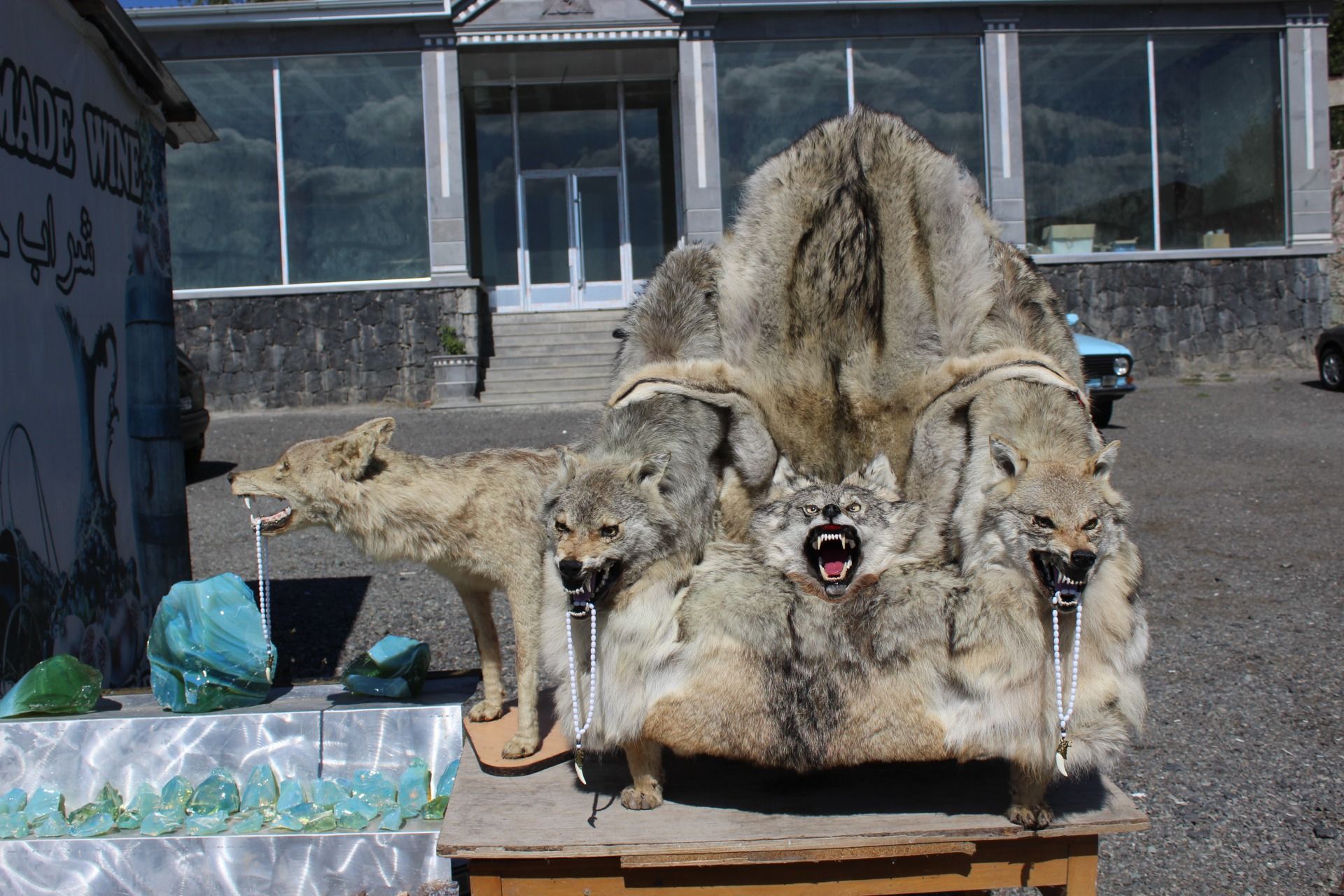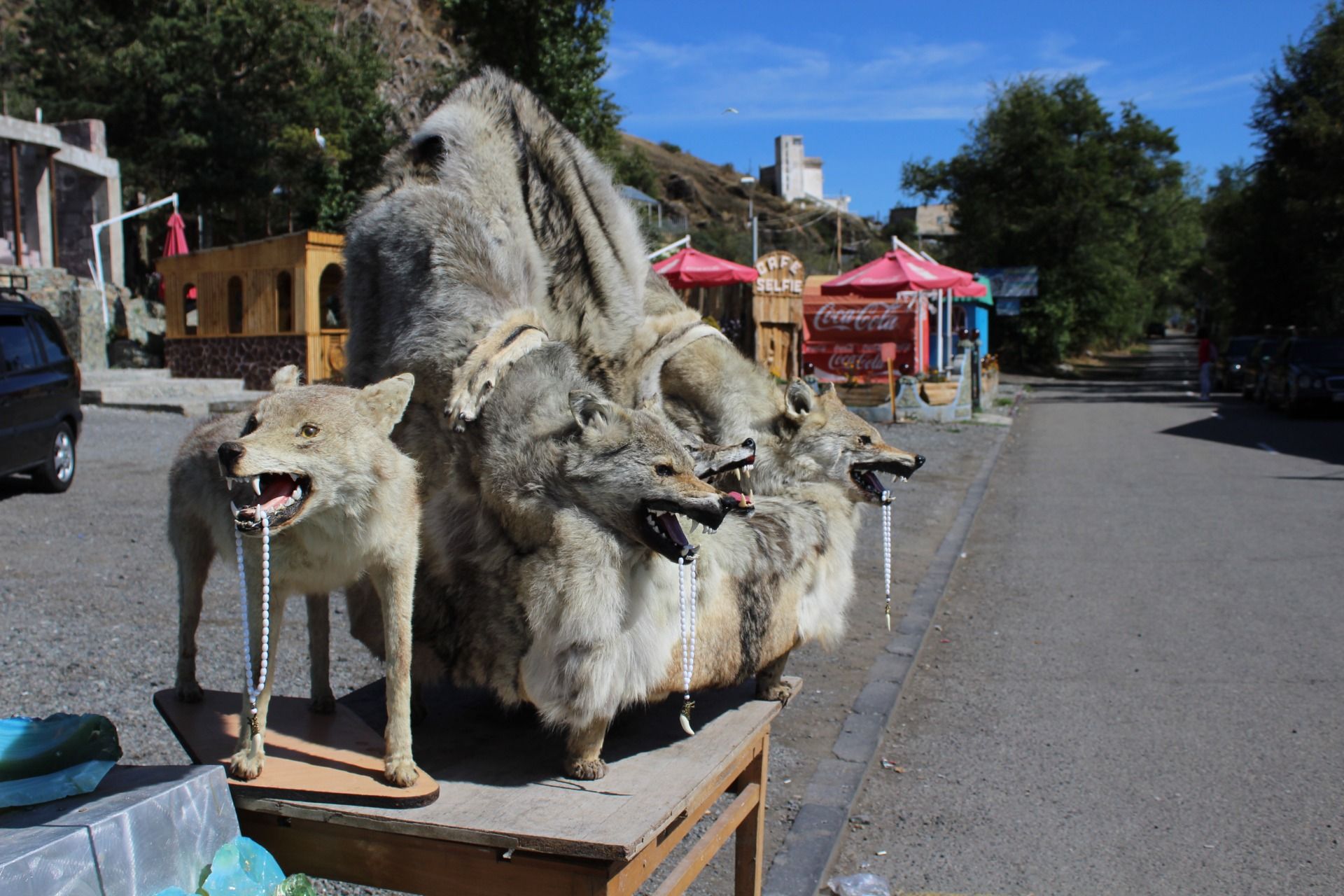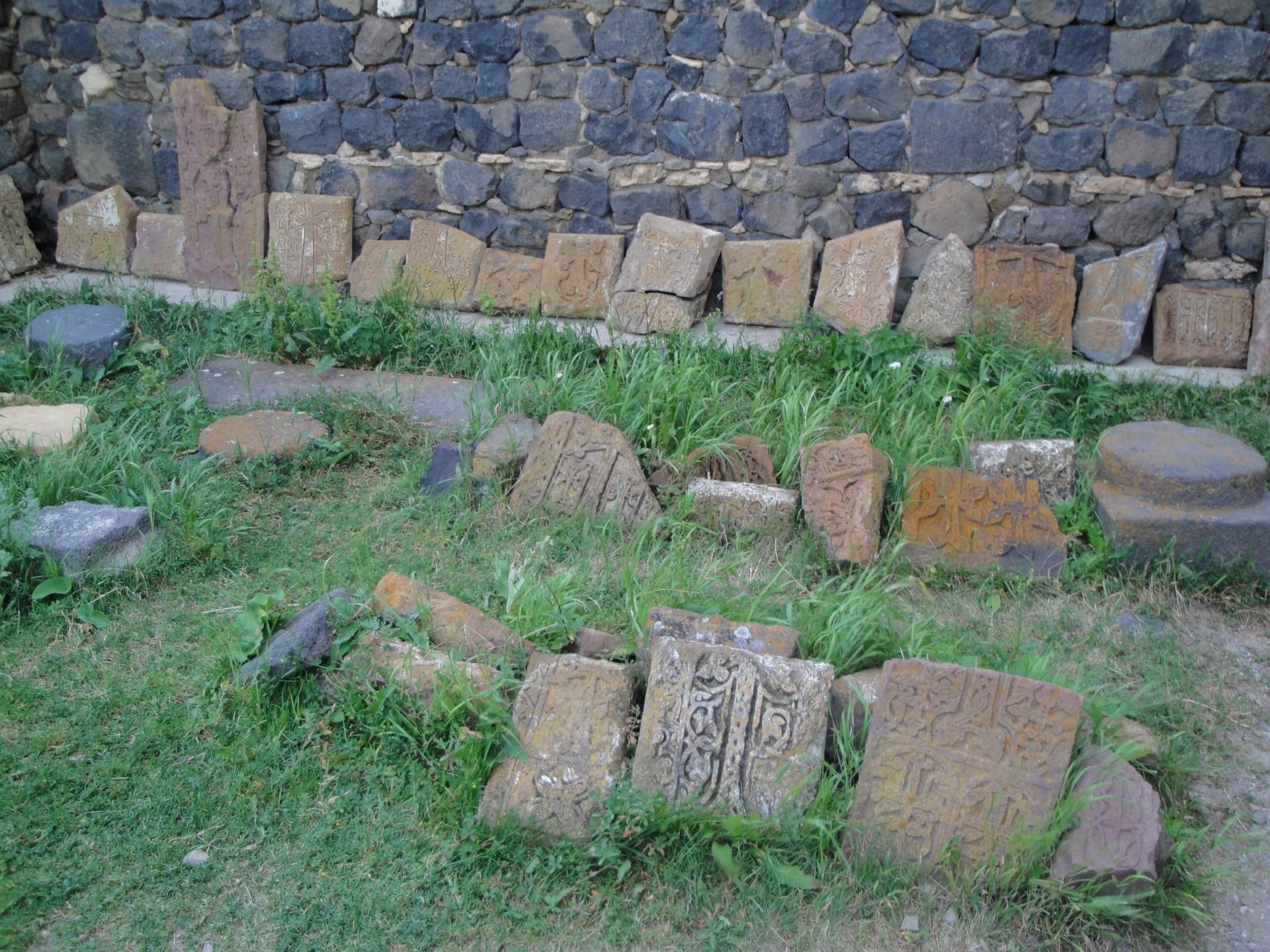[ENG]
Armenia is my great remorse. One of the most hospitable, one of the most beautiful, one of the most secretive, one of the least touristy countries I've ever been to, and even though I visited Armenia twice, I spent only 3 days in total, I keep asking myself why I haven't been there yet I came back and instead of planning a longer stay in Armenia, I am once again wandering around boring and expensive Europe. But it's hard. Although I did not spend even a hundred hours in Armenia during both stays, I managed to visit Lake Sevan twice.
[PL]
Armenia jest moim wielkim wyrzutem sumienia. Jeden z najbardziej gościnnych, jeden z najpiękniejszych, jeden z najbardziej tajemnicach, jeden z najmniej turystycznych krajów w jakich kiedykolwiek byłem, a mimo, że odwiedziłem Armenię dwukrotnie, to sumarycznie spędziłem w niej zaledwie 3 dni, Ciągle zadaje sobie pytanie, dlaczego jeszcze tam nie wróciłem i zamiast wizyty zaplanowania dłuższego pobytu w Armenii kolejny raz szlajam się po nudnej i drogiej Europie. No ale trudno. Mimo, że sumarycznie podczas obu pobytów nie spędziłem w Armeni nawet stu godzin, to jednak jezioro Sewan udało mi się odwiedzić dwukrotnie.
[ENG]
As Armenia has never had access to the sea, the Armenians coined a saying that their country stretches between the three seas of Amreni. The Armenians referred to three large lakes as the three seas; Lake Van, Lake Urmia and Lake Sevan. Currently, only Lake Sevan lies within the borders of the state of Armenia, but this only reinforces the message about the three Armenian seas, because it shows how large and significant a country Armenia used to be. Today, after many years of turbulent wars fought by Armenia, Lake Van is located in Turkey, and its shores are inhabited by Kurds, while the salt lake Urmia is located in the north-western part of Iran. Armenians, because they do not have access to the sea, are very fond of resting on the shores of Sevan, whose area is one sixth of the entire country. The conditions for relaxation at the lake are very good, because both the fauna and flora of Lake Sevan are unique in the world. It is worth mentioning, and being at the lake, you must taste the endemic trout swimming in these waters. To protect the natural environment around the lake, the Sevan National Park was established in 1978.
[PL]
Jako, że Armenia nigdy nie posiadała dostępu do morza, to Ormianie uknuli sobie powiedzenie, że ich kraj rozciąga się między trzema morzami Amreni. Jako trzy morza Ormianie określali trzy duże jeziora; jezioro Wan, jezioro Urmia i właśnie jezioro Sewan. Obecnie tylko jezioro Sewan leży w granicach państwa Armenia, ale to tylko wzmacnia przekaz o trzech Armeńskich morzach, bo pokazuje jak dużym i znaczącym krajem była kiedyś Armenia. Dzisiaj po wielu latach burzliwych wojen jakie stoczyła Armenia jezioro Wan znajduje się na terytorium Turcji, a jego brzegi zamieszkują Kurdowie, natomiast słone jezioro Urmia znajduje się w północno zachodniej części Iranu. Ormianie ponieważ nie mają dostępu do morza, bardzo upodobali sobie wypoczynek nad brzegami Sewan, którego powierzchnia stanowi jedną szóstą powierzchni całgo kraju. Warunki do wypoczynku nad jeziorem są bardzo dobre, bo zarówno fauna jak i flora jeziora Sewan jest wyjątkowa na skalę świata. Warto wspomnieć, a będąc nad jeziorem trzeba skosztować, endemicznego pstrąga pływający w tych wodach. Aby chronić środowisko naturalne wokół jeziora utworzono w roku 1978 Sewański Park Narodowy.
[ENG]
If someone wanted to see what Lake Sevan looks like and typed such a keyword into the Google search engine, then 80 percent of the photos they would see would show two old monasteries with the vast waters of Lake Sevan in the background. Sevanavank Monastery dates back to the 9th century and is built on a picturesque peninsula jutting into the waters of the lake. An interesting fact is that originally the monastery was located on the island, but Joseph Stalin ordered a hydroelectric power plant to be built nearby, which reduced the water supply to the lake, the water table lowered by 30 meters, and a promontory connecting the island with the lake shores was formed to the monastery island. According to the records found in the monastery, it was built in 1870 by the Armenian princess Mariam, daughter of Ashot I of the then king of Armenia, and it is one of the thirty monasteries that Princess Miriam promised to build throughout Armenia in memory of her husband - Prince Vasak of Syunik.
The monastery is built of volcanic tuff, thanks to which its walls have a characteristic black color. Although the monastery was originally a very extensive complex of buildings where Armenian monks lived for years, unfortunately only two churches have survived to this day: the Holy Apostles (Surp Arakeloc) and the Mother of God (Surp Astwacacin).
[PL]
Gdyby ktoś chciał zobaczyć jak wygląda jezioro Sewan i wpisał w wyszukiwarkę Google takie hasło, to 80 procent zdjęć jaki zobaczy będzie przedstawiało pewne dwa stare monastery, a w ich tle obszerne wody jeziora Sewan. Klasztor Sewanawank pochodzi z IX wieku i zbudowany jest na malowniczym półwyspie wcinającym się w wody jeziora. Ciekawostka jest, że pierwotnie klasztor znajdował się na wyspie, ale Józef Stalin polecił wybudować w pobliżu elektrownię wodną, przez co dopływ wody do jeziora zmalał, zwierciadło wody obniżyło się o 30 metrów, a do wyspy klasztornej uformował się cypel łączący wyspę z brzegami jeziora. Zgodnie z zapiskami odnalezionymi w klasztorze został on zbudowany w roku przez ormiańską księżniczkę Mariam, córkę Aszota I ówczesnego króla Armenii i jest to jeden z trzydziestu klasztorów, które ksieżniczka Miriam obiecała zbudować w całej Armenii ku pamięci jej męża - księcia Wasaka z Sjuniku.
Klasztor zbudowany jest z tufu wulkanicznego, przez co jego ściany posiadają charakterystyczne czarne zabarwienie. Mimo, że pierwotnie klasztor był bardzo rozległym kompleksem budynków, w których przez lata żyli ormiańscy mnisi, to niestety do dzisiaj przetrwały tylko dwa kościoły: Świętych Apostołów (Surp Arakeloc) i Matki Bożej (Surp Astwacacin).
